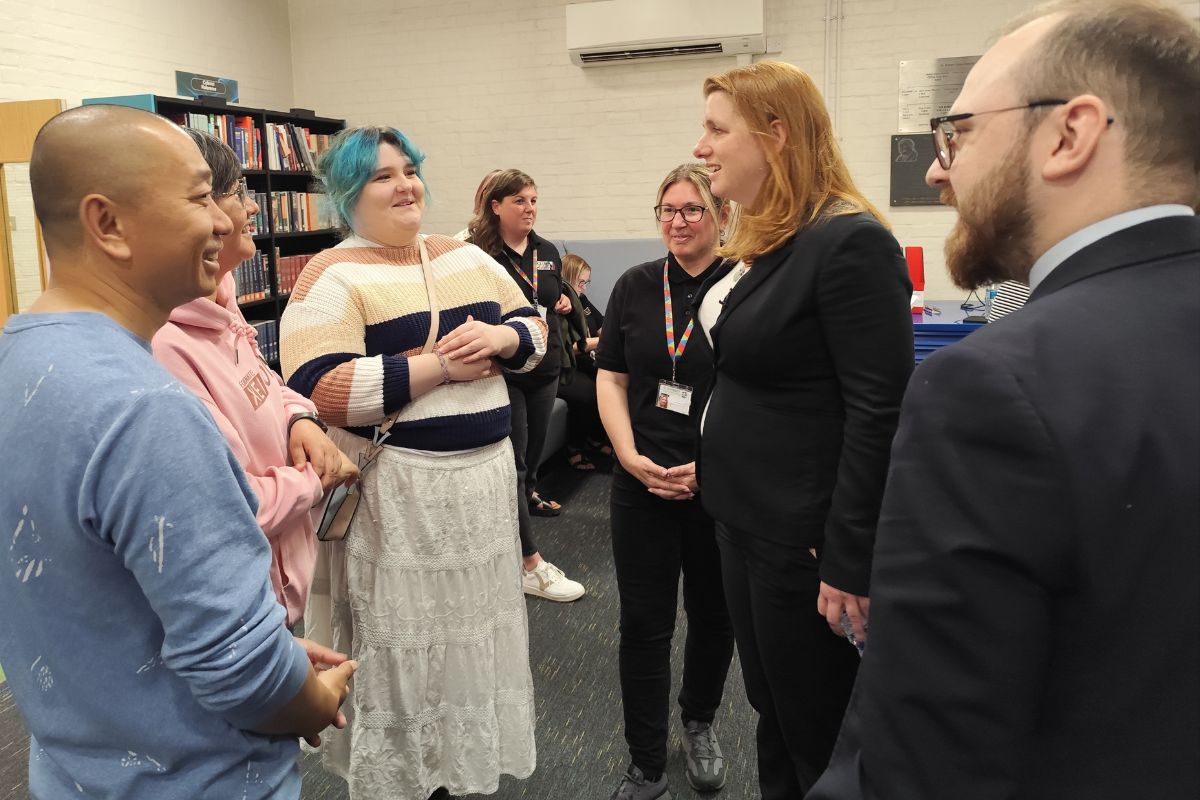Why More Women are Choosing STEM Careers and Stereotypes Are Being Smashed

In recent years, girls and women are showing more interest in pursuing #STEM (science, technology, engineering and mathematics) careers than ever before. From GCSEs to university courses, we are seeing a gradual shift towards STEM subjects, and it is important to keep this momentum going. Historically, industries such as technology and engineering have been heavily-male dominated and unhealthy gender stereotypes have prevailed. The stigma attached to women pursuing STEM careers has meant that many women have been unable to reach their full potential in the field. Now, however, the stigma is being tackled and elements of STEM are finding their way into every industry. It’s becoming ever plainer that there is far more to STEM than outdated stereotypes and gender boundaries.
So, what’s changed?
Thankfully, we’ve seen some big changes when it comes to gender and STEM industries, but there’s still a long way to go. According to findings from UNESCO, less than 30 per cent of the world’s researchers are women. This is an underrepresentation that can be seen in every region of the world. It is also still apparent that boys are more likely to choose STEM subjects both in school and university.
Despite this, we are seeing some positive changes, and we’re clearly headed in the right direction. There has been a rise in the number of girls who choose to take STEM-related subjects in both school and university. For example, we have seen a 31 per cent increase in the number of girls taking STEM A-Levels in the UK (between 2010 and 2019) and a 50.1 per cent increase in the number of women accepted onto STEM-related undergraduate university courses in the UK between 2011 and 2020.
Clearly, more women and girls are now seeing viable opportunities within the STEM sector. What’s more, the influx of women in the sector is set to change the industry forever. With a growing number of female so-named STEMtreupeners, we’re not only seeing the increasing number of women in the industry, but we’re also set to see greater innovations in the industry focussed on the needs of women.
Breaking the boundaries of STEM
As well as smashing the gender stereotypes we associate with STEM-related careers, the way we see STEM industries as a whole is changing. Traditionally, we may have mainly associated STEM with engineering and construction. However, the power of technology has since made its way into just about every sector. Because of this, students no longer have to face the decision between a career in something creative and a career in something technical. More and more, we are seeing the two areas crossover.
Think of a creative industry such as fashion, for example. STEM skills are more important in the fashion industry now than ever before. Today, companies everywhere are experimenting with innovative materials for more sustainable shoes and clothes as well as high-tech supply chains. The innovations in creative sectors such as fashion, the film industry, and other artistic fields, rely on STEM more than ever before. We are certainly seeing STEM skills become more and more relevant across every sector.
As we see the boundaries of STEM expand, we are seeing a higher demand for people trained in these technical skills. Thanks to the continued breakdown of stereotypes, we’ll gradually see those important roles filled by a more diverse generation of employees. If we continue along the current trajectory, we’re set to see more women entering STEM workforces, in both traditional roles and roles that would have been unimaginable a mere few years ago. A greater number of women in STEM spells empowerment, innovation, and creativity in nearly every sector.











Responses